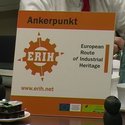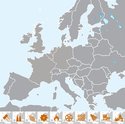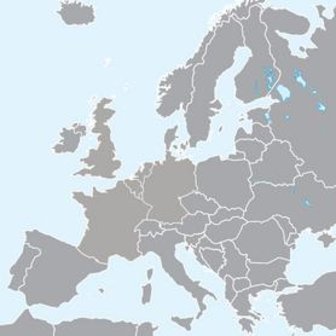Europe’s industrial heritage
Where was the first ever factory on Earth? Where was the largest steam engine built? And where can you find the most up-to-date colliery of its time?
Industrialisation changed the face of Europe. Consequently it has left us a rich industrial heritage. A gigantic network of sites spread all over the continent. It only has to be brought back to life. That is what the European Route of Industrial Heritage (ERIH) is doing. Come with us on an exciting journey of discovery along the milestones of European industrial history.

What is ERIH ?
ERIH is the European Route of Industrial Heritage, a network of the most important industrial heritage sites in Europe. It is the common link between them all. From disused production plants to industrial landscape parks and inter-active technology museums.

Anchor Points
The name says it all. There are a lot of features anchored here. Primarily the overall framework. Anchor points comprise the complete range of European industrial history. After that, they tell tourists what they can see at a local level. Visitors of all ages can relive their industrial heritage in the form of attractive guided tours, multi-media presentations and outstanding special events. Last not least, all the anchor points are simultaneously starting points for a variety of regional routes.

Regionale Routes
Each region has its own speciality. In this respect European industrial heritage is just like food. Its strength lies in the fact that it unites many different traditions within a single idea. The Regional Routes link landscapes and sites which have left their mark on European industrial history. Germany's Ruhrgebiet, for example. Or South Wales, a key region in the "world's first industrial nation". Both these areas comprise a number of less significant industrial monuments - the small cogs in the large machine.

European Theme Routes
Such as "The treasures of the Earth": what, where, when and how were they extracted from the ground? Or "Textile manufacturing": the milestones along the way from fibre to factory. Or "Transport and Communication": retracing the tracks of the industrial revolution. Theme Routes take up specific questions relating to European industrial history and reveal potential links between radically different industrial monuments all over Europe. The result is a "circuit diagram" of the common routes of European industrial heritage.


